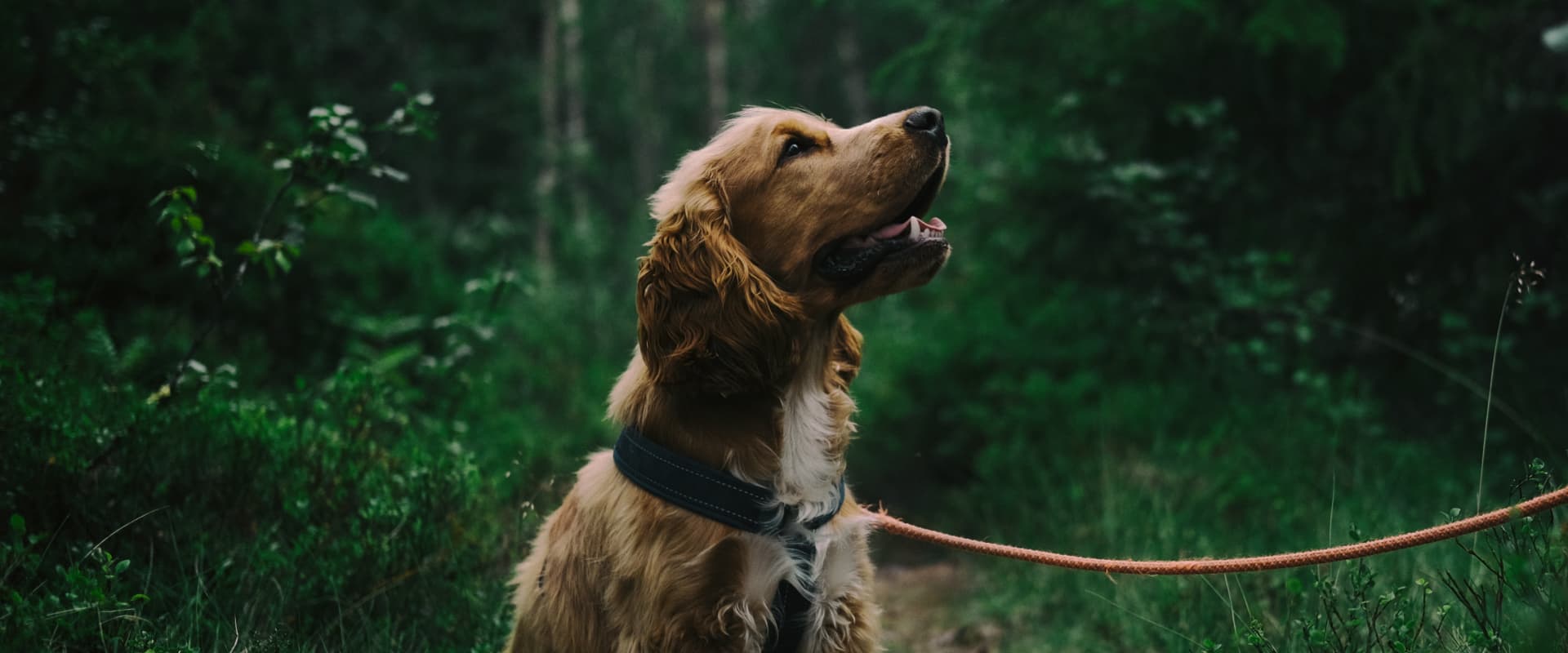
An enterprise IoT mobile app development completed by PixelPlex. Solution works with BLE devices, captures, stores, and analyzes motion and dynamics data
Project goals
- Build a mobile app to complement existing data capturing endpoints;
- Provide reliable BLE-powered linking with existing motion sensors;
- Add local storage feature so data can be synced and managed later;
- Enable users to take videos with in-app camera, consolidate incoming sensor data, and integrate it with the videos to form one single data set.
Work done
iOS mobile app Android mobile app BLE module integration Embedded IoT system debuggingSolution
The result of our joint work with Intel is a seamless data-gathering mobile solution. Its main purpose is to help collect various sets of motion data, temporarily store it in the app, and then upload it to a cloud storage platform where data samples are processed and analyzed.
The target users of the app are field researchers, AI and IoT enthusiasts, and all others who need trustworthy motion metrics to make data-driven decisions.
Details
Client
Intel® churns out products that are the ‘brains’ of modern personal computers: desktops, laptops, smartphones, and tablets. Intel also develops embedded semiconductors used in industrial, medical, and automotive fields. The corporation holds 90% of the microprocessors market.
Today the company progressively invests in CPU development for a wide array of business verticals. The R&D activities of Intel® have also expanded to include computer vision, data & cloud tech, AI, 5G technologies, as well as wireless IoT protocols.
Challenge
Intel has expanded its product line to serve data centers and cloud computing markets. The company also started making memory components and microchips for IoT equipment used in smart home devices and other digital lifestyle solutions.
When working on a new neural network-powered processor, developers at Intel’s data lab identified the need for a solution to help facilitate data collection for further AI training and writing machine learning algorithms.
PixelPlex team was just in time to join this IoT project and augment the existing crew.
Overall, this IoT solution’s main purpose was not simply to collect various motion data sets, but to extract specific types of information from all collected data. It was important to enable this process before data upload for far more complex use such as motion pattern modeling, machine learning, and data science.
Step 1 – Data Collection Setup
The motion sensor captures and sends data primarily coming from an accelerometer and gyroscope. The developed app can be applied to any moving object that has the motion sensor attached. To power both the processes sensor connection and data collection, we applied Bluetooth Low Energy (BLE) technology.
Briefly, the 1st step covers:
- Scanning for available motion sensors;
- Device/sensor pairing through Bluetooth.
The user pairs the app with the device of choice, the app connects to and starts receiving streaming data from that particular device. The app works to support dynamically modified BLE-powered firmware, displaying all connected devices at once within a simple interface.
Average users can try the solution out on their pets, choosing, say, a dog with an intention to collect its motion data. The mobile app allows to adjust the collection sets accordingly, make custom fields to fill in before data capture: the dog’s name, its weight, its height, its breed, etc. The feature comes from using app configuration files.
Step 2 – Data Sets Capturing
What data goes into the set? Well, any motion patterns like velocity, duration, frequency. The accelerometer determines changes along 3 axes, which is the basic information about how an object moves. The gyroscope, in the meantime, delivers info on the speed at which an object spins around the spatial axis.
The app dashboard displays all the data collections that should be added by the user. Along with data from the two main sensors, collection sets can include GPS-driven data, pictures, videos, and sound files.
The app builds graphs based on acquired data. This functionality helps to indicate time intervals and mark them as specific actions.
The 2nd step includes:
- Initializing data acquisition and building temporary storage;
- Visualizing data on a graph and labeling time intervals.
By storing data locally, the app consumes much less bandwidth, allowing for a continuous data collection process even with low internet speeds.
Step 3 – Data Packets Uploading
When a collection pack is ready, the app first checks if the recorded data quality is decent. If it’s satisfactory, the app allows the user to proceed and start uploading the data sets to the cloud. If the quality is poor, the app suggests redoing the data capture.
In such a way, the 3rd step consists of:
- Assessing accumulated content and fixing low-quality data;
- Sending the data to the cloud for further use.
From machine learning to making complex integrations into platforms and solutions, the use of such motion-related data sets expands to lots of different use cases.
Project features
Reliable connectivity through BLE Local in-app storage of all collected data Data visualization via graphs Сontrol over dynamically-modified data sets UI fields & data collection name customization Cloud server connection and data transferRelevant projects
Smart Home Mobile Application
Smart Home AppBlockchain-Based Fitness Mobile App
FitnessChain App View our portfolio